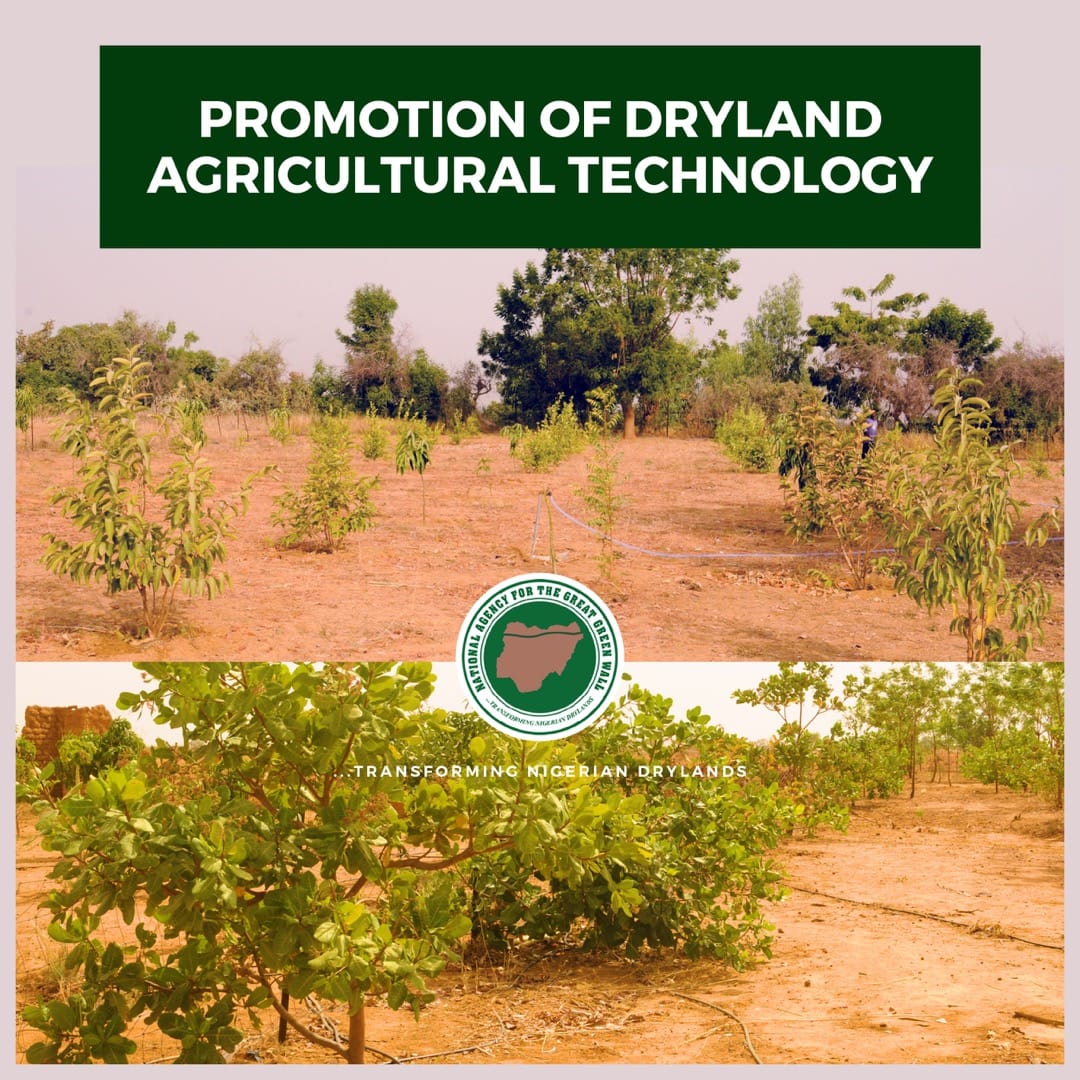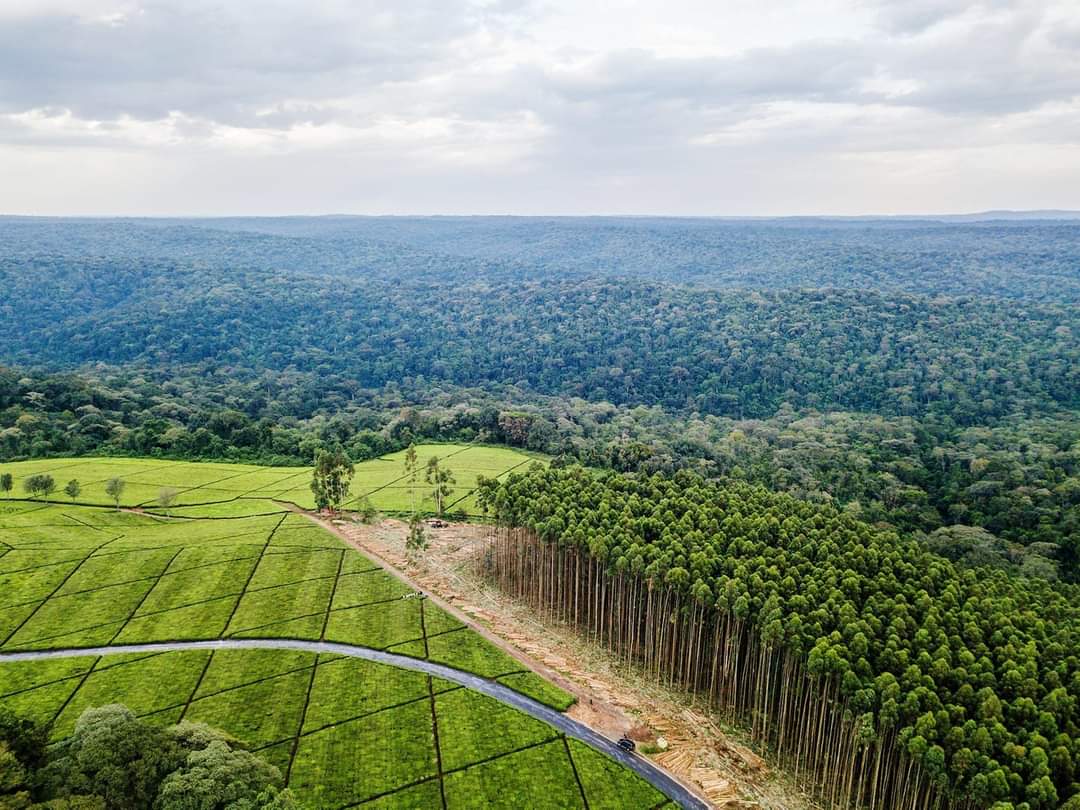The Sahel and Sahara region, often depicted as a vast expanse of arid land, holds immense potential for sustainable development. The Great Green Wall for the Sahel and Sahara Initiative (GGWSSI) is a beacon of hope, transforming this region through dryland agricultural technology and innovative solutions. In Nigeria, the National Agency for the Great Green Wall (NAGGW) leads the charge, playing a pivotal role in restoring ecosystems, ensuring food security, and fostering sustainable development. Integrating agro-tourism into these efforts adds another dimension to their impact, unlocking economic, social, and environmental benefits.

The Mandate of NAGGW: Resilience and Sustainability
The NAGGW, established as part of the African Union’s Great Green Wall initiative, operates with a clear mandate to address the interconnected challenges of desertification, land degradation, and climate change in Nigeria’s drylands. Its work spans multiple fronts, including afforestation, sustainable land management, and promoting livelihood opportunities for communities in the Sahelian and northern regions.
By implementing dryland agricultural technologies, the NAGGW is turning degraded landscapes into fertile grounds for agriculture. Techniques such as agroforestry, water harvesting, and the use of drought-resistant crops are empowering farmers to reclaim barren lands. These interventions not only combat desertification but also enhance food security and rural incomes, driving long-term sustainability in affected communities.
Dryland Agricultural Technology: A Game-Changer for the Sahel
Dryland agricultural technology is a cornerstone of the Great Green Wall’s success. In Nigeria, the approach includes practices like zai pits, contour bunding, and intercropping that optimize scarce water resources while improving soil fertility. For instance, zai pits—small, strategically dug holes—collect water during rainfall and concentrate nutrients around planted seeds, maximizing crop yields even in arid conditions.
Moreover, integrating agroforestry—planting trees alongside crops—provides shade, prevents erosion, and enhances soil moisture. It also offers farmers secondary income streams through the sale of fruits, nuts, and tree products. These techniques not only ensure food security but also build resilience against climate shocks, a vital need in a region prone to extreme weather events.
Agro-Tourism: Unlocking Economic Opportunities
As NAGGW implements its dryland agricultural initiatives, the potential for agro-tourism emerges as an innovative complement. Agro-tourism offers visitors the opportunity to engage with sustainable agricultural practices, learn about reforestation projects, and experience the vibrant culture of local communities. This form of tourism aligns perfectly with the Great Green Wall’s goals, fostering environmental awareness and creating economic opportunities.
Imagine a network of eco-villages across Nigeria’s Great Green Wall zone, where visitors can participate in tree-planting activities, learn traditional farming techniques, and enjoy authentic cultural experiences. Tourists could explore lush orchards nurtured through agroforestry or witness the transformation of arid landscapes into thriving agricultural hubs. Such initiatives not only attract visitors but also generate income for local communities, reducing rural poverty and discouraging urban migration.
Advancing the Mandates of NAGGW Through Sustainable Development
The NAGGW’s initiatives align with several United Nations Sustainable Development Goals (SDGs), notably those related to poverty alleviation, climate action, and sustainable communities. By restoring degraded lands and promoting climate-smart agriculture, the agency addresses SDG 13 (Climate Action) while ensuring food security and enhancing rural livelihoods (SDG 1: No Poverty and SDG 2: Zero Hunger).
Furthermore, the integration of agro-tourism fosters inclusive economic growth (SDG 8) and builds sustainable cities and communities (SDG 11). By involving women and youth in its programs, the NAGGW also advances gender equality (SDG 5) and empowers marginalized groups, creating a ripple effect of social and economic benefits.
Collaborative Approaches for Maximum Impact
To realize the full potential of the Great Green Wall, the NAGGW works closely with local communities, international partners, and private stakeholders. Partnerships with agricultural research institutes, for example, bring advanced technology and expertise to dryland farming. Collaboration with tourism boards and eco-tour operators can help design and market agro-tourism packages, ensuring a steady stream of visitors and investments.
Education and capacity-building are critical components of this strategy. Training programs for farmers on dryland agricultural techniques and agro-tourism management equip them with skills to maximize productivity and capitalize on tourism opportunities. Schools and universities in the region can also play a role by integrating environmental education into their curricula, cultivating a new generation of eco-conscious leaders.
Challenges and the Road Ahead
Despite its successes, the Great Green Wall initiative faces challenges, including funding gaps, inadequate infrastructure, and the need for greater community buy-in. To overcome these hurdles, the NAGGW must prioritize innovative financing models, such as public-private partnerships and carbon offset schemes. Strengthening communication and outreach efforts can also build public awareness and support for the initiative, fostering a sense of collective responsibility.
Conclusion: A Vision for a Greener, Prosperous Future
The Great Green Wall, under the stewardship of the NAGGW in Nigeria, is much more than an environmental project—it is a blueprint for sustainable development. By transforming degraded lands into fertile landscapes and integrating agro-tourism, the initiative addresses critical environmental and socio-economic challenges while preserving the cultural heritage of the Sahel.
As the NAGGW continues to plant the seeds of change, the possibilities for a greener, more prosperous future are boundless. Through innovative approaches, collaborative partnerships, and a shared commitment to sustainability, the Great Green Wall stands as a testament to what can be achieved when vision meets action. The next time you think of Nigeria’s drylands, envision a thriving mosaic of greenery, community, and opportunity—a legacy for generations to come.


